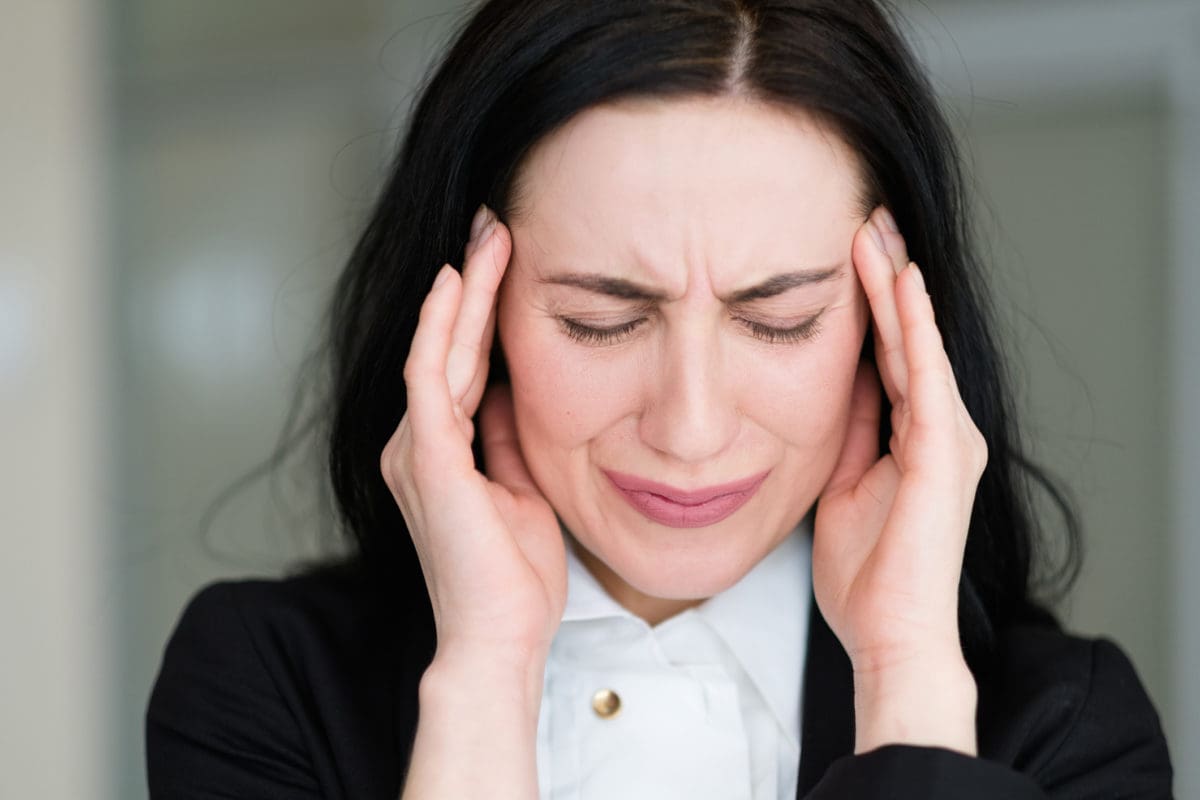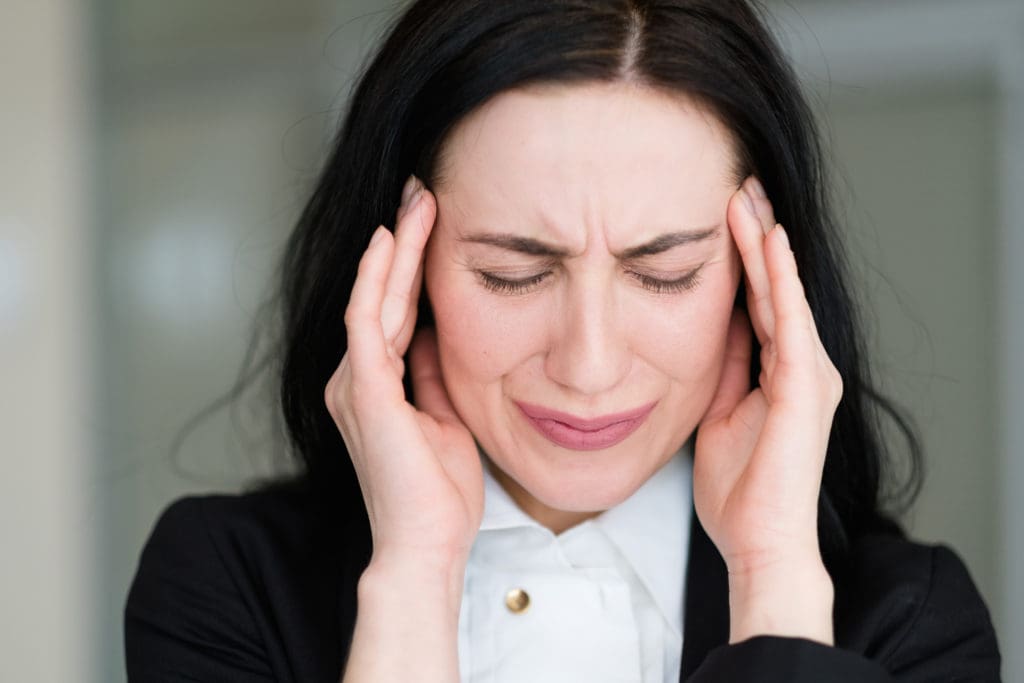
How Creativity Can Help Depression
When you are struggling with depression, there are many different treatments and therapies you can try. Additionally, you can find activities that help you manage your depression and overall mental health. Finding ways to be creative can help ease your depression symptoms and find helpful outlets.
Calm Your Mind
Many mental health struggles, like depression and anxiety, are accompanied by endless thoughts that can make it difficult to concentrate or even function throughout the day. Being creative is helpful because it gives your mind something to focus on so you are distracted by these thoughts. It can calm your mind and give you some peace. Being creative can also help to reduce your stress levels. When you are creative, your energy is focused on completing one task and it can provide your mind with relief. You can find a creative outlet in many ways including painting, drawing, sewing, pottery, writing, singing, playing music, etc.
Express Your Emotions
Often, it can be difficult to express exactly what you’re dealing with when you experience depression. You may not know how to express your feelings or people might not be able to understand. Creativity is a great way for you to express and process your emotions. Processing any trauma you’ve experienced is an important step in managing your depression. Being creative can give you an outlet to understand your own emotions and work through them. It also helps you find ways to communicate your emotions to other people. As you work through your emotions and find ways to express them, it can help to provide you with much needed relief.
Boost Your Mood
The act of creating is simply one that makes you happy. When you are creative, you end up with a finished product that you can be proud of. This is a great way to improve your overall mood. Beyond having something to show for in the end, creating can also help you boost your mood in the moment. As you create, you feel happier and you get lost in the moment. You simply enjoy the task you’re doing. It’s important to find tasks that make you happy and allow you to enjoy the moment.
There is no wrong way to be creative. You simply need to go out and find an activity that allows you to make something new. Creativity can be an excellent outlet for you that will allow you process your emotions and create healthy outcomes in your life.
Learn more about depression and potential treatments.

















